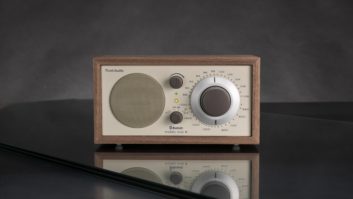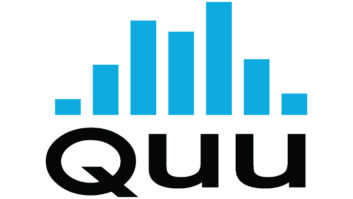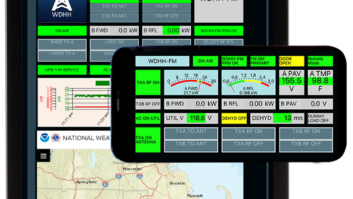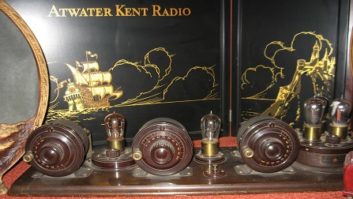Where’s my radio? And what will it look like in the future?
Radio is still available in the dashboard of new cars, but it can take more effort to find it these days.
I experienced this when I drove the 2022 NX 350 for episode No. 1450 of my automotive review program “Radio-Road-Test.”
The NX 350 uses the company’s new Lexus Interface infotainment system. Seeking radio, I found stations “hiding” behind big menu screens that I had to navigate first. Traditional tuning knobs and buttons are replaced by steering wheel controls, touchscreens and voice commands. Thanks to machine learning, the infotainment system also can remember the user’s music or content choices, whether a podcast, Percy Faith, Poco or Pittsburgh Pirate baseball.
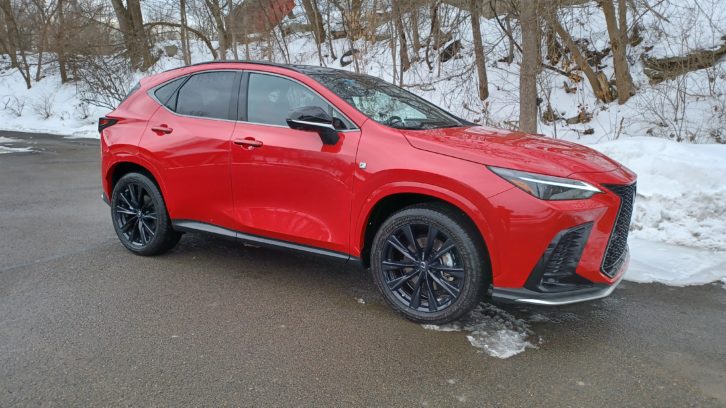
I asked Corey Proffitt, head of communications for Toyota North America, about this trend away from dedicated controls.
“Customer feedback and input was a number one priority. Voice control offers a quick and safe solution,” he said.
“If presets are programmed, you can easily make the frequency change via steering wheel buttons or by touchscreen.”
He said this new system was the result of four years of testing and development. It combines over-the-air broadcast and satellite with web-based metadata including station logos and art; the IP portions are delivered through a partnership with Gracenote, the data and technology company owned by Nielsen.
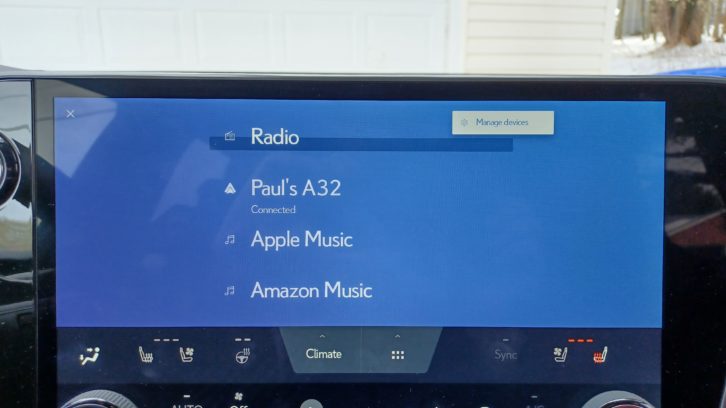
AM radio is part of the Lexus system and there are no plans to remove AM radio reception capability in Lexus vehicles, according to Proffitt.
Updates to the system can be made over the air via the on-board modem with subscription-based internet access, or through the customer’s home Wi-Fi network, a dealer visit, or USB upload.
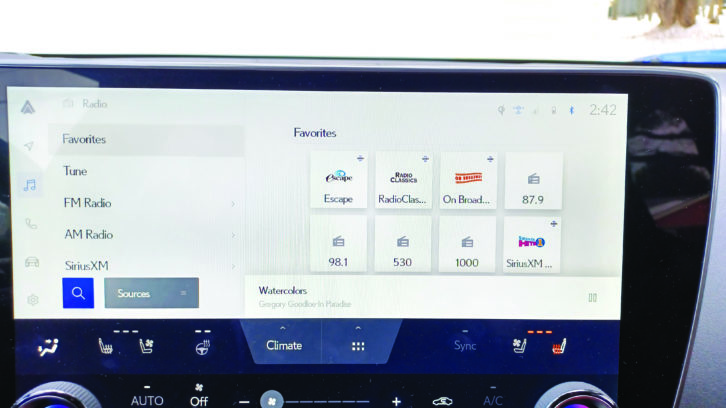
Pressing questions
When I test-drive cars that have next-generation infotainment systems, I find myself asking questions that I feel radio broadcasters need to answer soon, if not immediately:
Is radio programming memorable enough to convince a listener to go through a multiple-step procedure to tag a station as a favorite? Will listeners make that effort?
How will listener behavior evolve as radio increasingly becomes just one of multiple options on main or sub menus? As more streaming and hybrid radio options come into the car market?
What should radio managers and engineers know to help their organizations compete in this shifting environment?
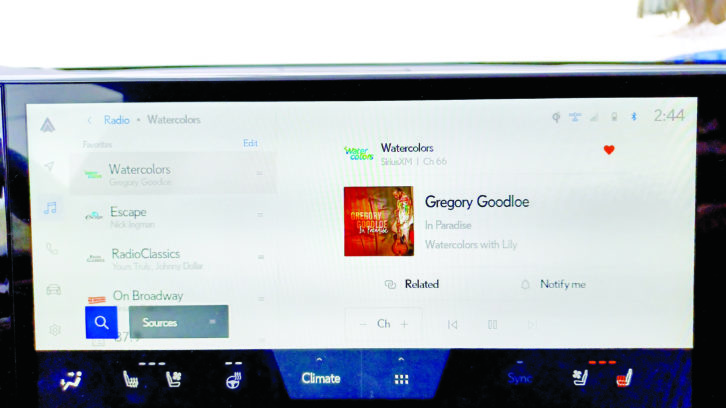
Joe D’Angelo, Xperi’s senior vice president, global radio and digital audio, was among panelists who discussed such these questions at this past spring’s NAB Show.
He said broadcasters and programmers first must attend to “the little things” to make sure their programming is discoverable.
[Sign Up for Radio World’s SmartBrief Newsletter]
Analog-only stations, he said, should focus anew on the quality and consistency of their RDS data. He said RDS remain a powerful tool to connect with listeners in the 300 million or more cars that display it.
Stations using HD Radio, he continued, should take advantage of the technology’s multicasting, Artist Experience and station logo features. Some 85 million cars can receive HD Radio now, he said.
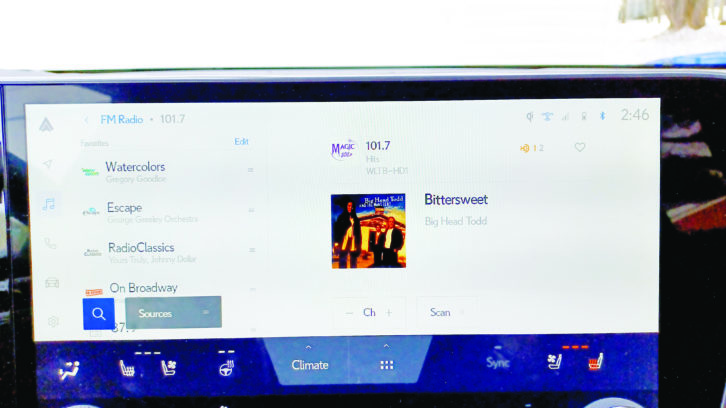
D’Angelo also urged broadcasters to “make sure that you are prepared to distribute metadata that describes you to your audience and that makes it easy for them to find you. Not just on the station level but also on the program level.”
Xperi hopes its DTS AutoStage platform will catch on as an advanced tool to help broadcasters compete in the dashboard against “Big Tech” offerings.
It is pitching it as a global hybrid radio solution, and it has partnerships with major broadcast names like ARD, Audacy, BBC, Bauer, Beasley, Cox Media, Cumulus, FM World, Global Radio, NPO, radiko and Radio Maria. DTS AutoStage is part of the Daimler MBUX infotainment system used up in vehicles like the Mercedes-Benz S-Class, and Xperi hopes more carmakers will adopt it soon. If that happens, it becomes even more important that stations populate their visual channels.
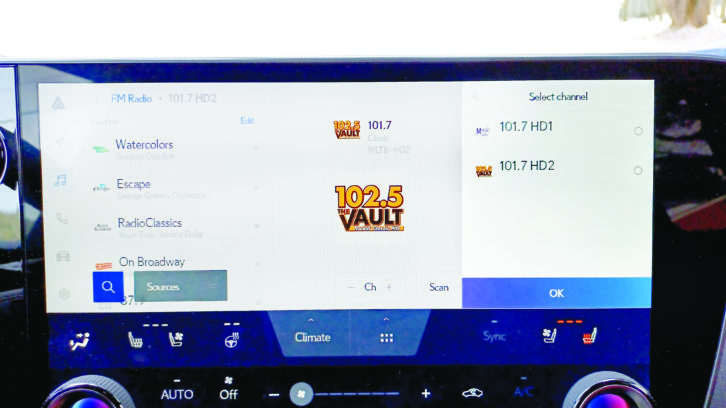
Bigger changes coming
Meanwhile, NAB’s PILOT technology arm and its partners have been working to convince Google to integrate radio in its Android Automotive operating system for vehicles.
Android Automotive (not to be confused with Android Auto, which runs on a consumer’s phone) is an operating system and platform that runs directly on in-vehicle hardware, a “full-stack,” open source, customizable platform to power infotainment applications.
The OS is expected to be available in about half of new cars within the next seven years; General Motors, Ford, Audi and Stellantis are among those with plans to integrate the platform. That means it will play an important role in how radio stations and content are accessed and perceived.
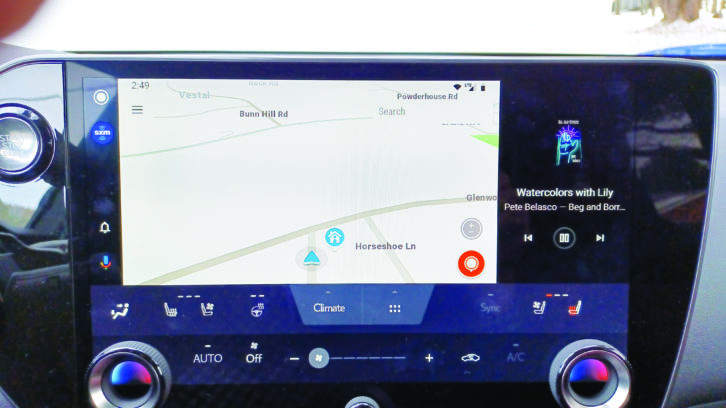
Executive Director John Clark says PILOT has presented Google with recommendations.
“This round of development work is finished,” he said this summer. Xperi did much of the development work on the project; also involved are Beasley Media Group, iHeartMedia, Audacy, Salem Media Group, NPR and BBC, and they took input from Ford and Audi.
“We’ve had additional conversations with the Android Automotive team, and they are looking at our work, our recommendations and the gaps we identified,” Clark said. “There has been no confirmation regarding how they may or may not act on the recommendations, but it is under review.”
Radio, I think, is still the king of the automotive dash; once you find it in a dashboard, you appreciate its intuition and appeal. But clearly, broadcasters cannot take their presence in cars for granted.
Managers and engineers need to pay attention to their visual presence and their metadata. They should adopt an active mindset about managing their product with the dashboard in mind. And they should track initiatives like those described above — to be aware of them, if not engage directly — to make sure their stations and their programs will still be discoverable by their listeners in the future.
In future articles we’ll continue to show how radio stations appear in various new-era infotainment systems.
[Related: “Did AM Radio Just Get Hit By ‘Lightning’?“]





